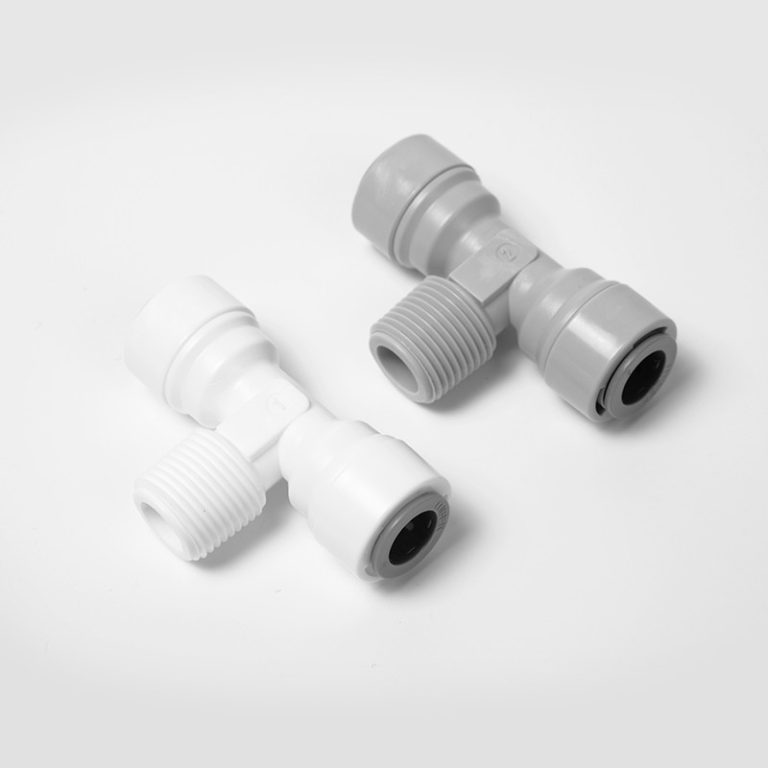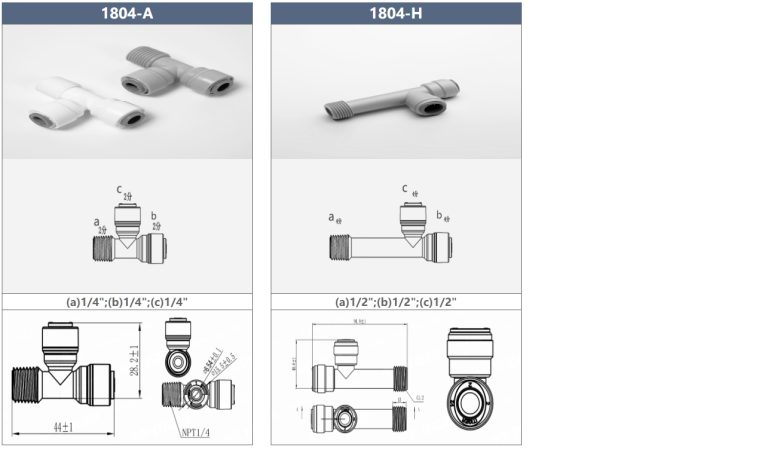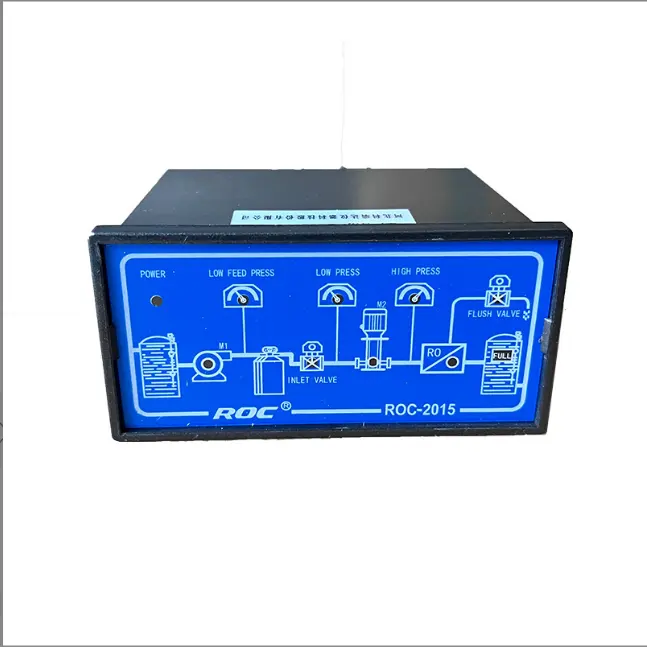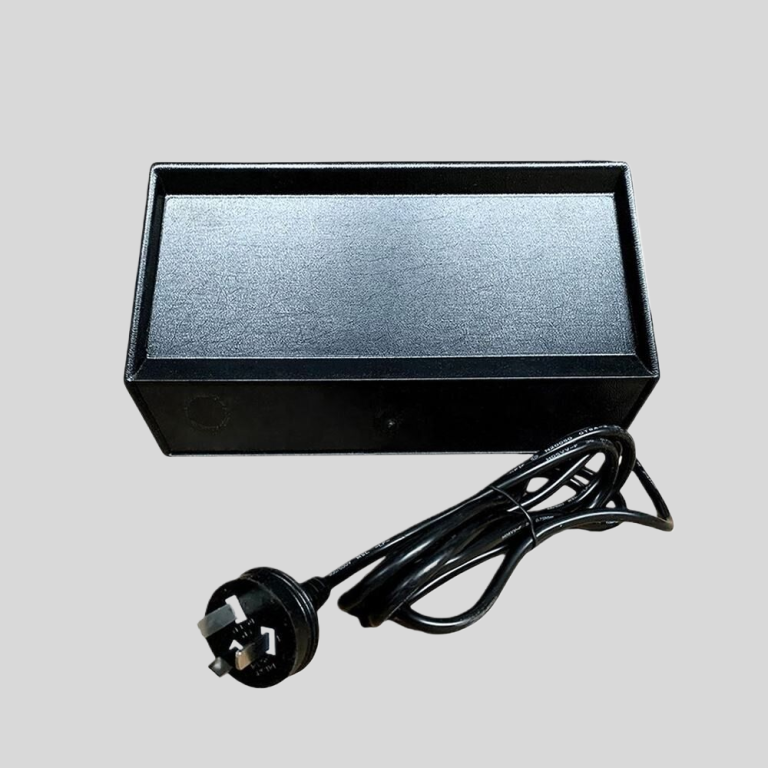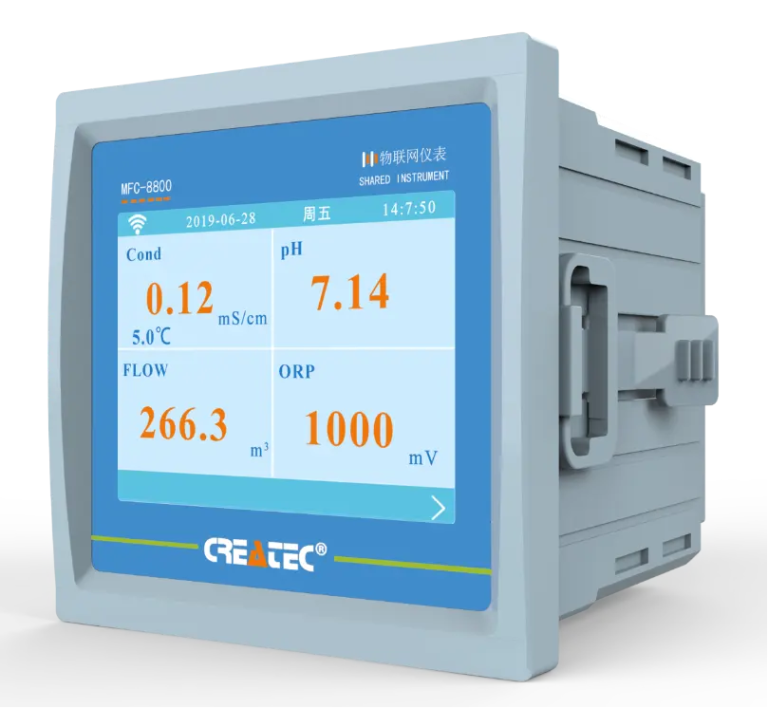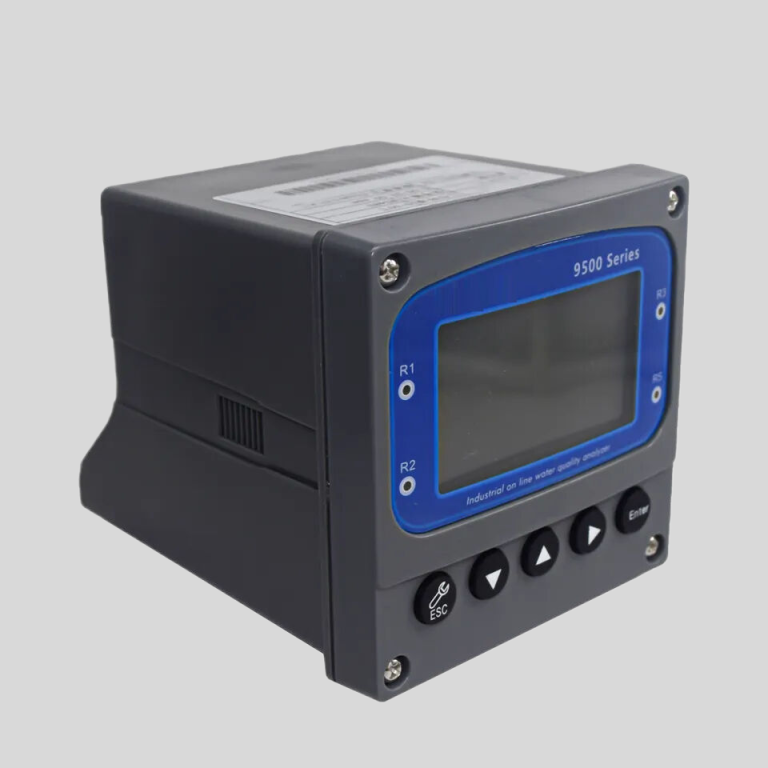“Filtering water: a simple solution for a cleaner tomorrow.”
Is Filtering Water a Chemical Change?
Filtering water is a common practice used to remove impurities and contaminants from water sources. It is a process that involves passing water through a filter, which can be made of various materials such as sand, charcoal, or ceramic. The filter traps particles and substances that are larger than the pores of the filter, allowing only clean water to pass through.
Many people wonder whether filtering water is considered a chemical change. To answer this question, it is important to understand the difference between physical and chemical changes. Physical changes involve a change in the physical properties of a substance, such as its shape, size, or state of matter, without altering its chemical composition. On the other hand, chemical changes involve a change in the chemical composition of a substance, resulting in the formation of new substances.
When water is filtered, the process does not involve any chemical reactions that alter the chemical composition of water. Instead, filtering water is a physical process that removes impurities and contaminants from water without changing its chemical composition. The filter simply acts as a barrier that traps particles and substances, allowing only clean water to pass through.
One might argue that the substances trapped by the filter undergo a physical change as they are separated from the water. However, this does not constitute a chemical change, as the chemical composition of water remains the same before and after the filtration process. The impurities and contaminants that are removed from the water do not undergo any chemical reactions that result in the formation of new substances.
In contrast, a chemical change would involve the breakdown or rearrangement of the chemical bonds in water molecules, resulting in the formation of new substances with different chemical compositions. This is not the case with filtering water, as the process simply separates impurities and contaminants from water without altering its chemical composition.
It is important to note that filtering water is an effective method for removing physical impurities and contaminants, such as dirt, sand, and bacteria, from water sources. However, it is not a foolproof method for removing all types of contaminants, such as dissolved chemicals or heavy metals. In such cases, additional treatment methods, such as chemical disinfection or reverse osmosis, may be necessary to ensure the safety of the water.

In conclusion, filtering water is not considered a chemical change, as it does not alter the chemical composition of water. Instead, it is a physical process that removes impurities and contaminants from water sources by passing water through a filter. While filtering water is an effective method for removing physical impurities, it may not be sufficient for removing all types of contaminants. Additional treatment methods may be necessary to ensure the safety and purity of drinking water.
| Model | Valve Material | Inlet/Outlet | Continuous (0.1Mpa drop) | Peak (0.175Mpa drop) | Cv** | Maximum Backwash (0.175Mpa drop) | Distributor Pilot | Drain Line | Brine Line | Mounting Base | Height (from top of the tank) |
| CM27 | Unleaded brass | 1″(Male) | 5.9m³/h | 7.5m³/h | 6.8 | 25gpm | 1″(1.05)O.D. | 3/4″(male) | 3/8″, (1/2″) | 2.5″-8 | 6-1/2″ |

